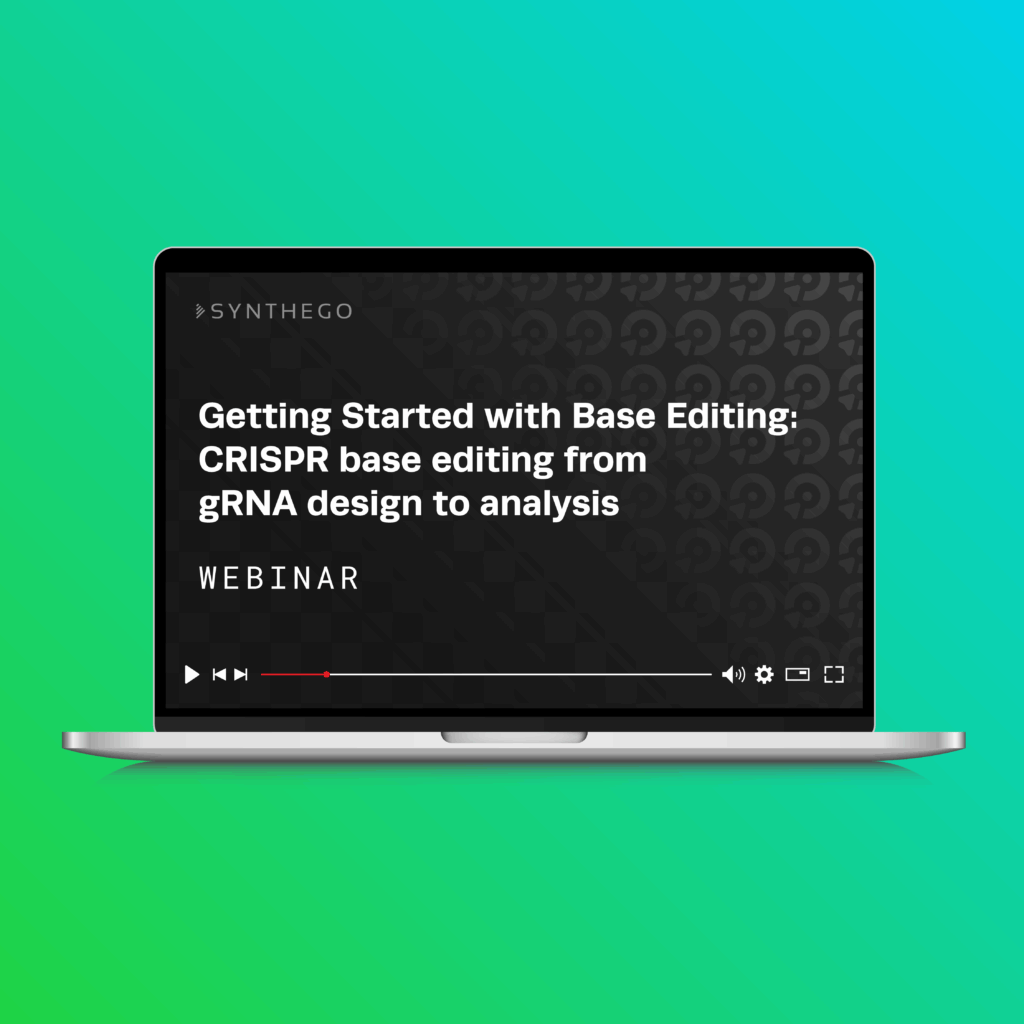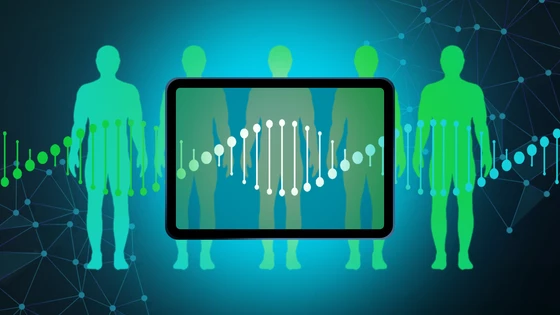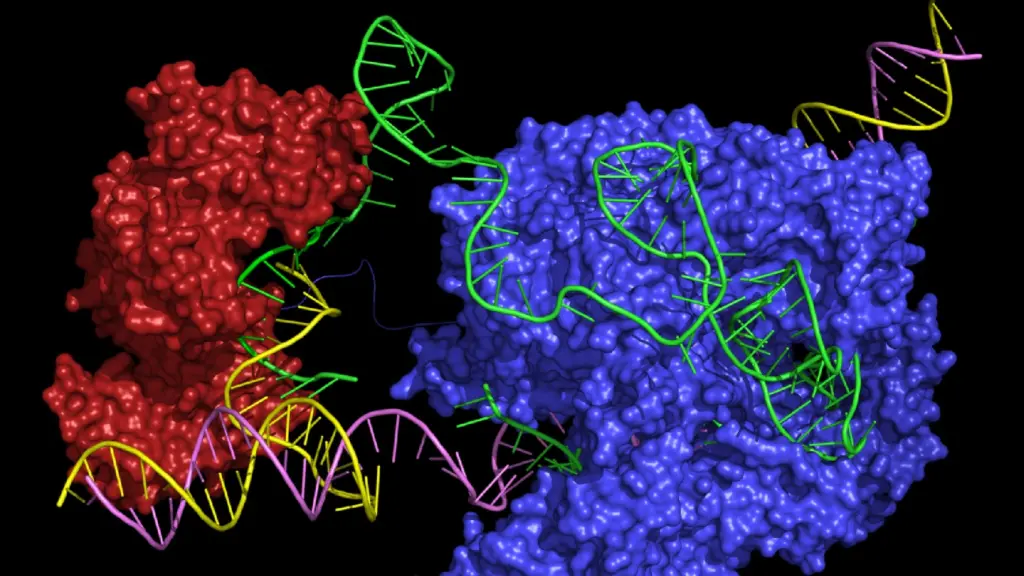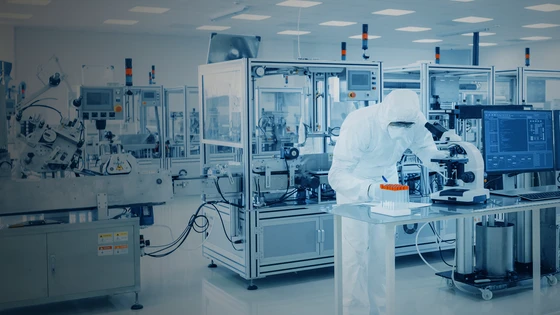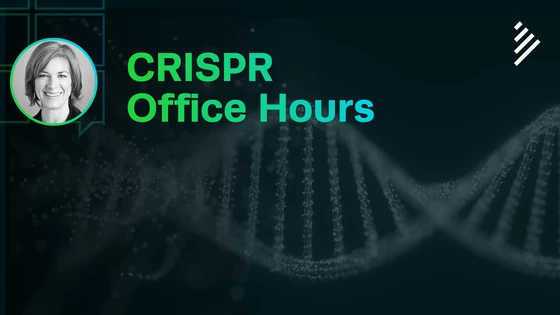Base editing is a next-generation CRISPR technology that allows researchers to make precise base changes without creating double-stranded breaks in the genome. This makes base editing an attractive CRISPR technology for researchers and therapeutic developers interested in creating single-base edits while avoiding the safety and cell health impacts of traditional CRISPR genome editing approaches.
In this webinar, we’ll provide actionable recommendations for getting started with base editing in your experimental system. You’ll learn how popular cytosine and adenine base editors create base edits, emphasizing how these mechanisms inform base editing experimental design. Additionally, we’ll provide guidance and recommendations for RNA design and genotyping analysis.
What you’ll learn:
- The molecular mechanisms behind base editing technologies
- Considerations and tools for gRNA design
- Analytical tools for genotyping base edits
About the Presenter
Catherine Smith, PhD, Technical Support Manager, is a molecular biologist with over a decade of experience in biomedical research. At Synthego, Catherine loves working with scientists across diverse fields who are incorporating CRISPR into their groundbreaking research. When she’s not helping scientists with their exciting CRISPR experiments, Catherine can be found applying the scientific method to cooking projects or exploring local live music.
